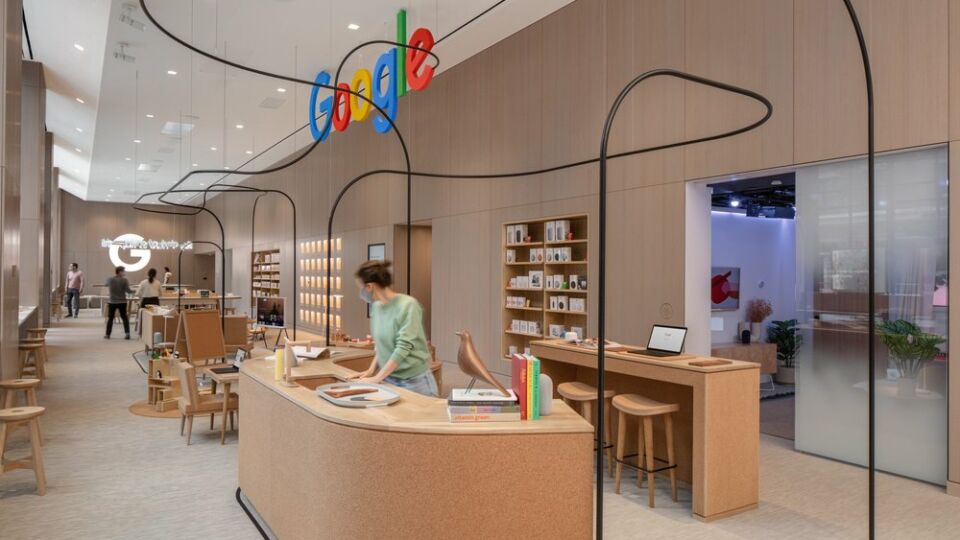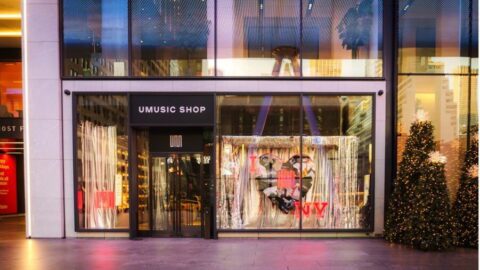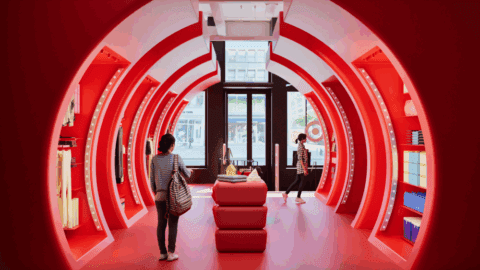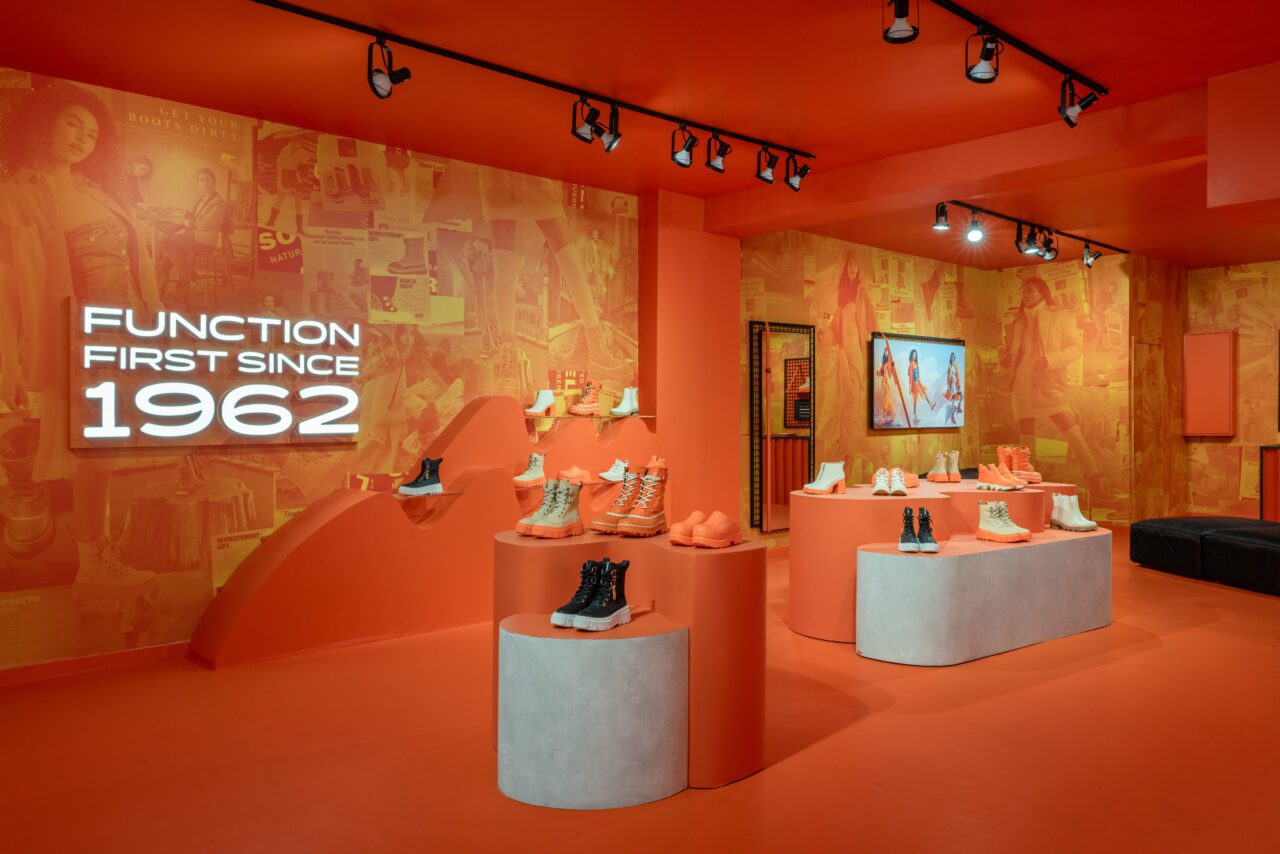
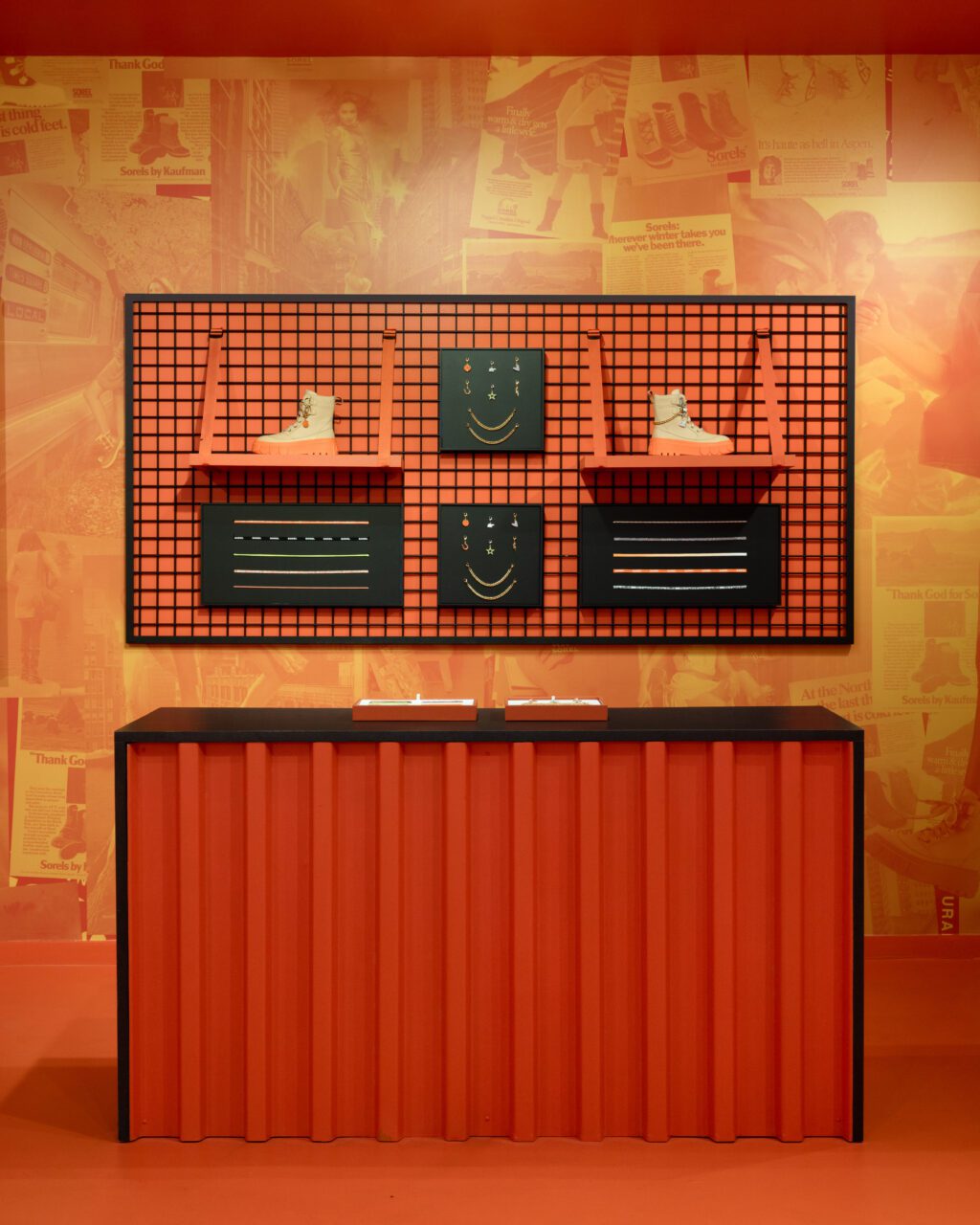
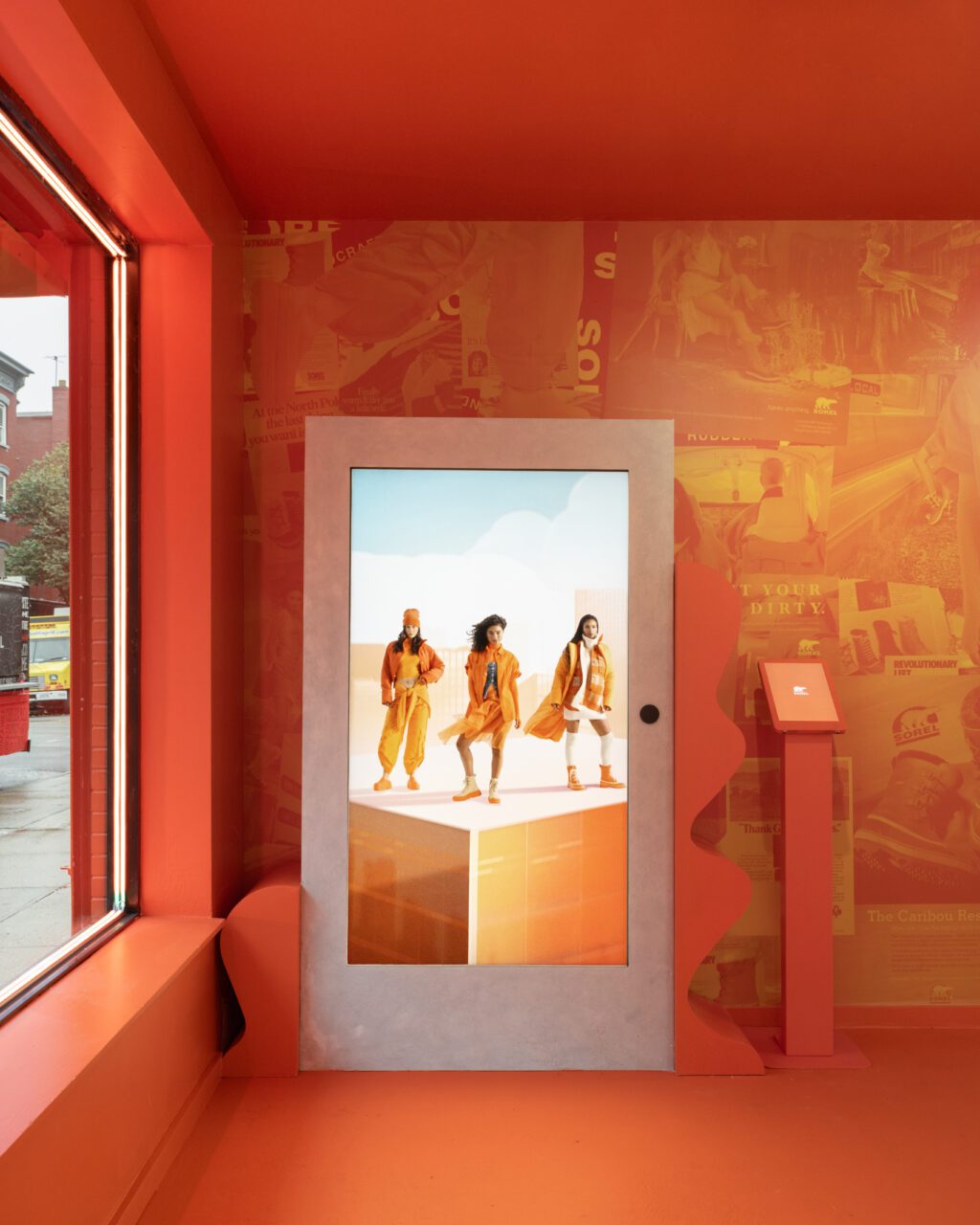
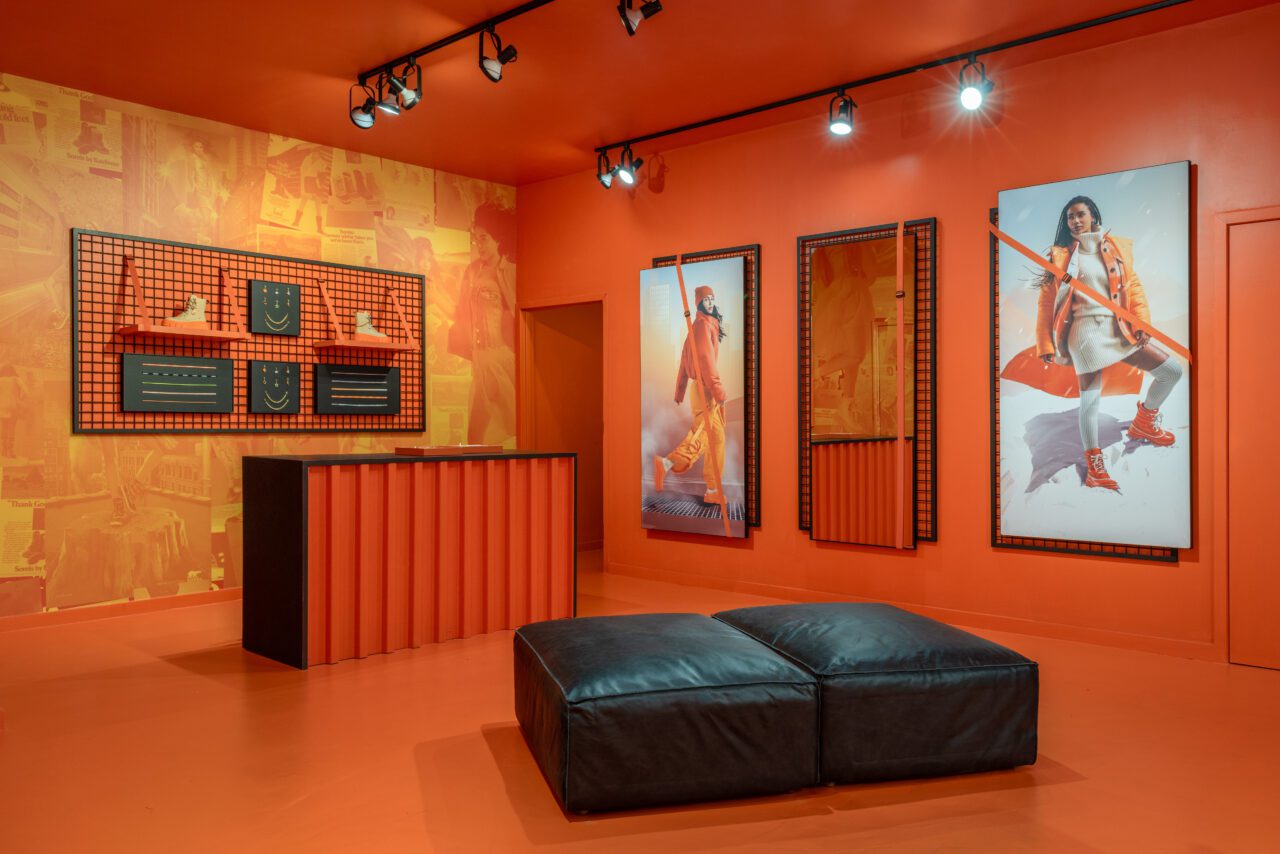
Google has officially opened its first brick-and-mortar retail store in New York’s Chelsea neighborhood, where the company has an urban campus that is home to many of its 11,000+ Google NYC employees.
The new Google Store provides customers with hands-on interaction with its lineup of devices and services — from Pixel phones and Nest products to Fitbit wearables and Pixelbooks. Customers also will be able to shop online at GoogleStore.com and pick up their orders in-store.
“As we began the process to create our first retail store, the number of details to consider was daunting, but the opportunity at hand was amazing,” wrote Ivy Ross, VP, Hardware Design, UX & Research, and Nathan Allen, Head of Store Design & Special Projects for Google in a corporate blog post. “We wanted our first store to reflect the same approach we take to designing our products: making sure they’re always helpful to people. The result is a space we believe is warm and inviting, while providing new ways to celebrate and experience Google through our phones, displays, speakers, wearables and more.”
Working with New York-based architect Reddymade, the team at Google brainstormed concepts and then built a full-scale mockup of the space at its retail hangar in Mountain View, Calif., where they could test every element — the space, layout, technology and the overall experience each guest might have.
A Peek Inside the Interactive, Tech-Fueled Space
At the NYC Chelsea location, the first thing shoppers will encounter are physical and digital product displays lining the store’s windows, offering a peek into Google’s products and their features. Upon entering the store, shoppers enter a light-filled space that’s centered around experiencing the helpfulness of the products.
Near the main entrance, a 17-foot-tall circular glass structure (designed and engineered with local New York partners) is dubbed the “Google Imagination Space.” With custom interactive screens that feature rotating exhibits for visitors to experience the best of its products and technologies, it kicks off the store visit with an experience built around Google Translate and machine learning capabilities. As customers speak to the exhibit, they’ll experience real-time translation of their speech into 24 languages simultaneously, and then learn how this all happens on the back end using several Google technologies. (These same capabilities also are available across many of Google’s devices.)
For those who want to get up close and personal, every part of the store invites hands-on interaction. An expert store team also is available to answer questions, offer repairs and troubleshoot issues.
Additional elements of the store experience include:
- The Nest Gallery Wall, which displays 35 of Google’s home products in their full range of colors and materials.
- Discovery Boxes — New, custom transparent LED screens line the interior windows, providing information about the company’s newest products, their features and new solutions that are unlocked when they are used together.
- Sandboxes — These rooms let visitors experience products in real-life scenarios. In the Nest Sandbox, shoppers see how all Nest products provide useful solutions in a simulated living room. In the Stadia Sandbox, guests can play games on Stadia, while the Pixel Sandbox allows shoppers to check out Pixel’s newest camera features within a custom light installation.
- The Here to Help support desk has associates available to assist with any needs, including Pixel on-site repair.
- Workshop space also will host regular events such as story time for families, cooking demos with Nest, photography lessons on Pixel, YouTube concerts and more.
A Focus on Sustainable Design
The Google team maintained a focus on sustainability that works in the real world. “Every element of the Google Store — the materials, building processes, mechanical systems and more — was painstakingly considered and selected,” Ross and Allen said. “For example, the veneer on the walls is a soft gray responsibly sourced hickory, each lighting fixture is energy-efficient, and our custom cork and wood furniture was created with a local craftsman from Greenpoint, Brooklyn. We even attached our carpeting (which was manufactured with recycled materials) in a sustainable way.”
Google worked with the U.S. Green Building Council on the store, which is one of fewer than 215 retail spaces in the world to receive a LEED Platinum rating (the highest certification possible within the green building rating system).
Check out a video of the store below:
Photos courtesy of Google and Paul Warchol



